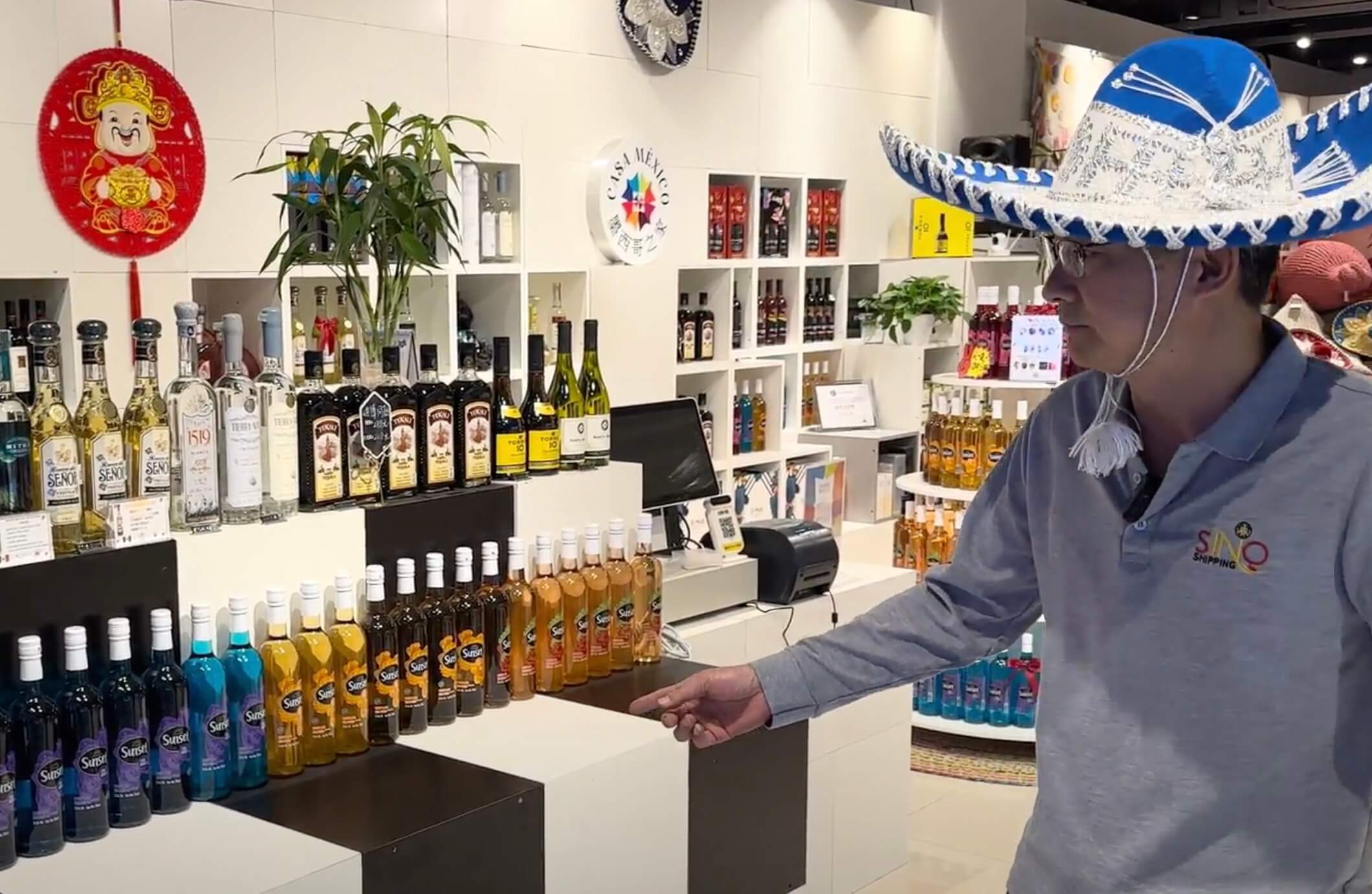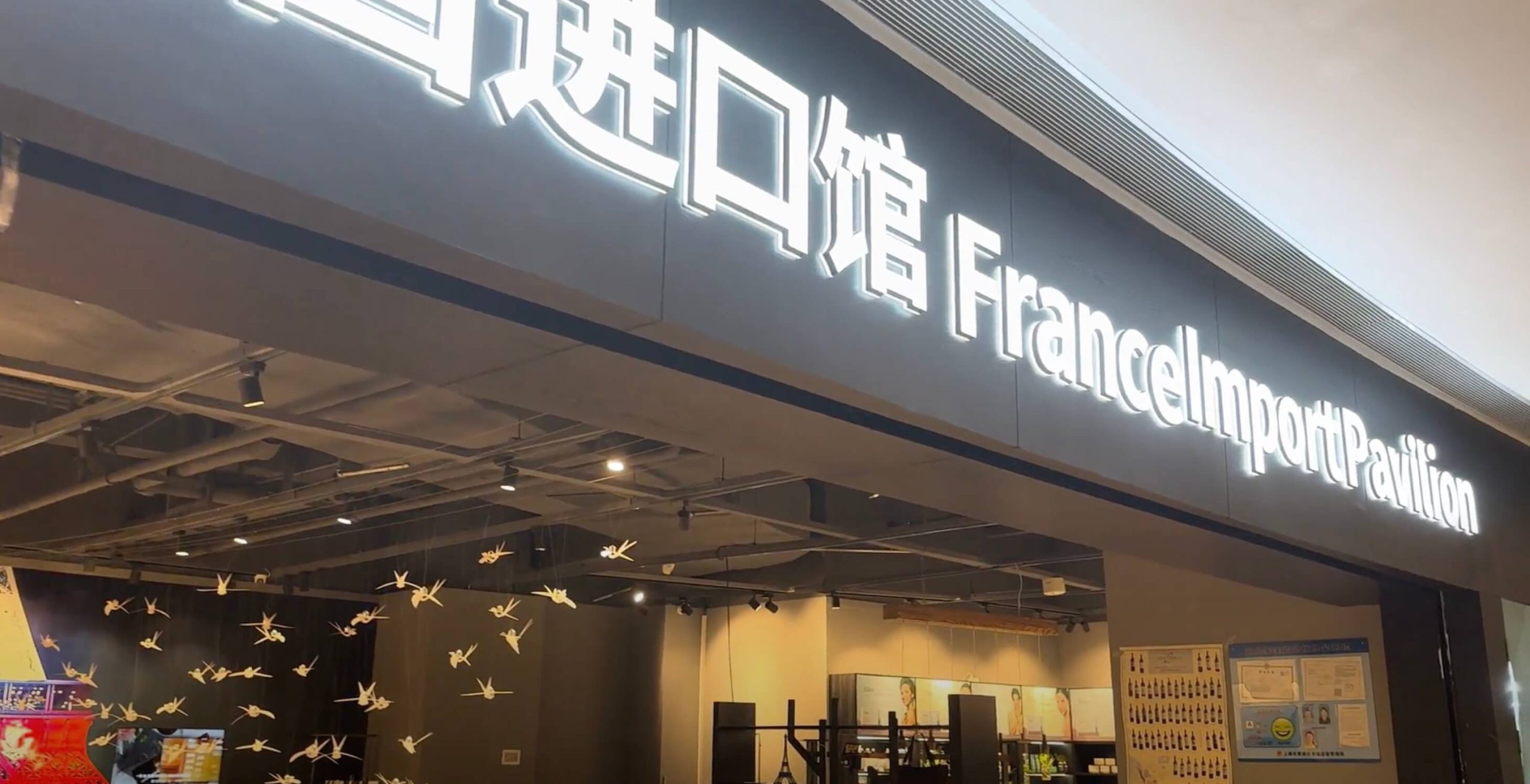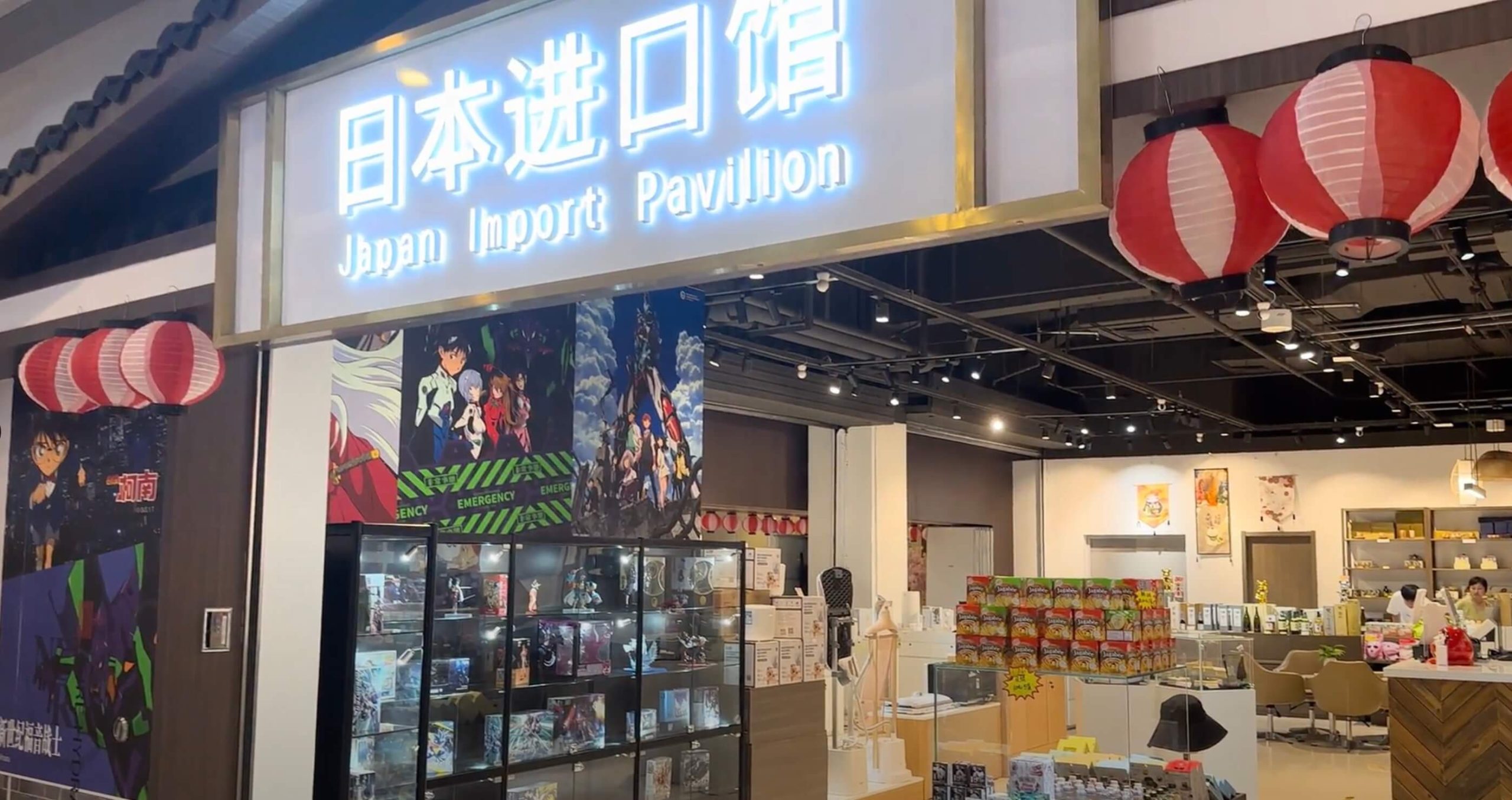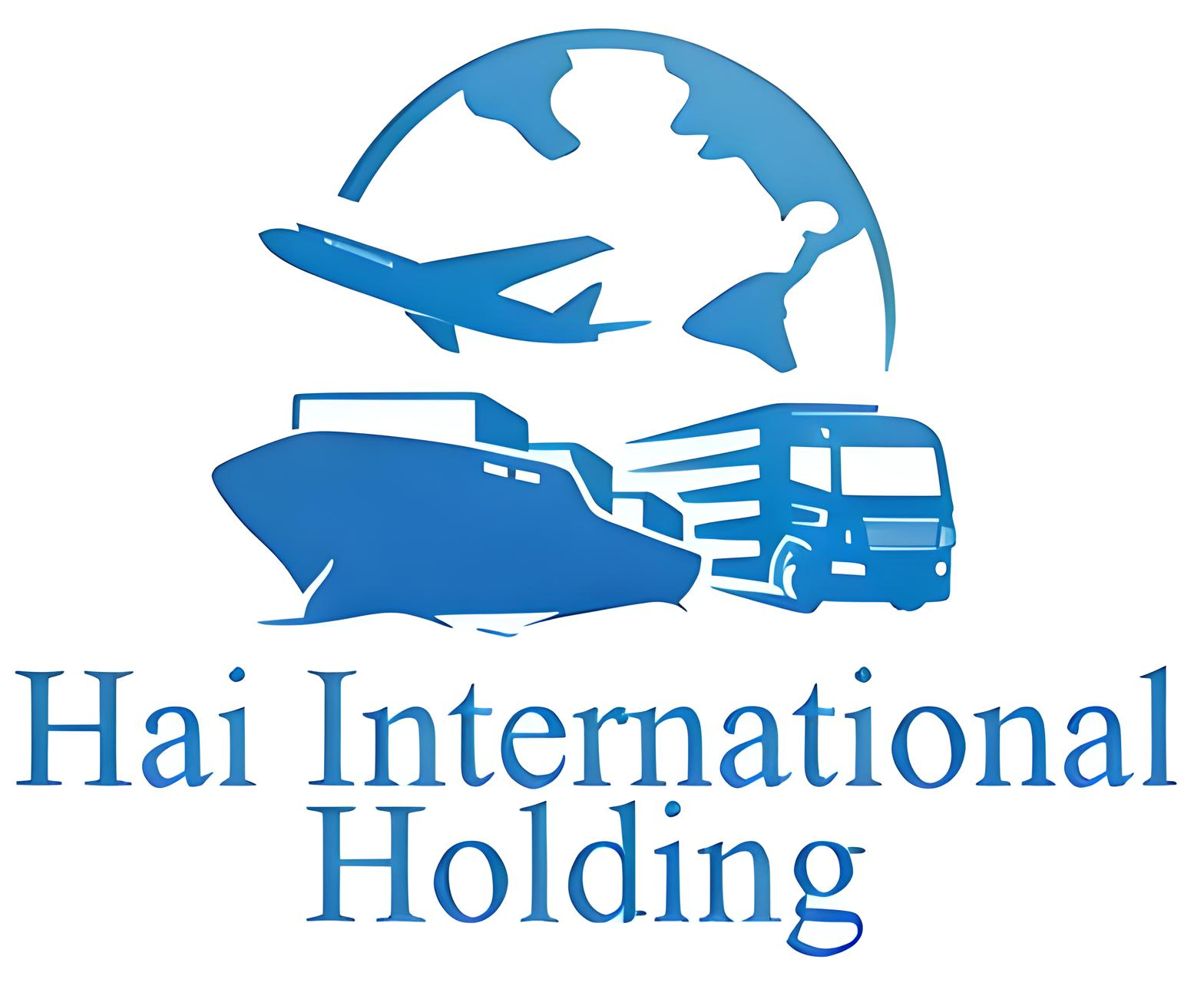Introduction
Shanghai, often referred to as the dazzling jewel of China’s east coast, seamlessly combines tradition and modernity. This burgeoning metropolis, home to over 24 million residents, boasts a vibrant food scene, with cafes, restaurants, and street vendors offering a gastronomic journey that’s both local and global. As a result, Shanghai has become a magnet for international food and beverage brands. A 2019 report from China Briefing noted a 15% increase in food imports, illustrating the city’s growing appetite for foreign delicacies. So, whether you’re a seasoned exporter or a new entrant in the global market, understanding Shanghai’s food landscape is pivotal. This guide dives deep, offering insights, strategies, and tips to help brands successfully tap into this mammoth market.
Why Shanghai is an Unmissable Market
Nestled amid towering skyscrapers and bustling local markets, Shanghai epitomizes the tale of two cities. It’s where ancient traditions mesh with cutting-edge innovations. But more than its skyline, Shanghai’s demographics tell a story of opportunity. A Forbes report in 2020 pinpointed a 45% rise in the middle-class population over the past decade, a demographic with an insatiable appetite for novel and international cuisines.
These aren’t just diners heading out for a weekly treat; they’re digital-savvy consumers who’ve embraced the shift to online. E-commerce platforms, from giants like Alibaba to niche gourmet portals, have seen an upsurge in users. As of 2021, over 60% of Shanghai’s residents regularly ordered international foods online. Coupled with the ubiquity of digital payments, the landscape has radically transformed. Shanghai isn’t merely sourcing foods from local markets anymore. It’s building connections, plate by plate, with global kitchens, securing its spot as a food e-commerce haven.
Import Regulations and Standards
Diving into the Shanghai market isn’t just about identifying trends; it’s about understanding the intricate tapestry of regulations that can make or break your venture. Central to this is the CFDA (China Food and Drug Administration). In 2019, the CFDA reported intercepting over 15,000 metric tons of foods that didn’t meet their standards—a figure stressing the importance of compliance.
Safety First: The Role of CFDA
First and foremost, the CFDA isn’t just a regulatory body; it’s the gatekeeper of China’s food integrity. According to a survey by Mintel in 2020, 85% of Shanghai consumers consider CFDA approvals before purchasing imported food items. This showcases the CFDA’s pivotal role in influencing buyer decisions.
Beyond Safety: Packaging and Cultural Resonance
Yet, navigating the Shanghai market isn’t solely about safety. It’s about aligning your product with Shanghai’s ethos. Packaging doesn’t just need to be robust; it must resonate with both transparency and cultural nuances. Brands like KitKat witnessed a surge in sales after introducing flavors like Matcha, demonstrating the significance of cultural alignment.
The Power of Clear Labeling
Take, for instance, the labeling requirements. A product with bilingual labels (Chinese and English) not only ensures clarity but also garners trust among local consumers. In a study by Nielsen, 78% of consumers in Shanghai were more inclined to purchase a product with bilingual labels over a product with just a single language.
Remember, every label, every seal, and every certification tells a story—a story of a brand that cares and understands its market.

HAI International Holding’s Expertise in the Food Sector
When one thinks of diving into the intricate Shanghai market, the notion quickly becomes apparent: you need a trusted partner. Enter HAI International Holding. More than just a name in the logistics landscape, they’ve carved a niche specializing in food exports. The challenges of navigating the labyrinthine logistics and evolving regulations become markedly simpler with them by your side.
Every successful venture has its behind-the-scenes hero, and for many enterprises looking to make their mark in Shanghai, that hero has been HAI International Holding. Their expertise doesn’t just shine in words but in actions. Consider their mastery in cold chain logistics; in 2021 alone, they’ve been instrumental in ensuring that 50,000 tons of perishables, shipped from Europe to Shanghai, retained a staggering 99.8% freshness rate upon arrival.
Their client testimonials and case studies echo a consistent theme: meticulous attention to detail and unparalleled expertise in the food sector. Brands across the spectrum, from niche gourmet names to global food chains, vouch for HAI International Holding’s commitment and proficiency.
Challenges and Solutions in Exporting to Shanghai
To merely say that Shanghai’s market is vast would be an understatement. It’s gargantuan. But as with any giant, there are complexities in its wake. The first hurdle? Cultural nuances. They don’t just shape traditions; they carve taste preferences. For instance, while a salty snack might be a hit in the West, Shanghai’s populace might lean towards a blend of sweet and spicy.
But that’s just the tip of the iceberg. Dive deeper, and you’ll confront tariffs and trade barriers. It’s not just about getting your product into the city; it’s about ensuring it’s competitively priced against local offerings. Speaking of competition, the local market isn’t just established—it’s entrenched.
Yet, for the savvy entrepreneur, these aren’t mere challenges. They’re stepping stones. With robust market research, these obstacles can transform into catalysts. Understanding the market’s pulse can offer insights into what tweaks are necessary for a product to resonate.
Further, collaboration is key. Engaging with local distributors, for example, can mitigate many a logistical headache. And perhaps most importantly, cultural immersion. By deeply understanding and embracing Shanghai’s rich tapestry of traditions and tastes, brands can craft offerings that don’t just sell but soar.

Food Trends to Watch in Shanghai
In the ever-vibrant streets of Shanghai, change is the only constant, especially when it comes to the food scene. Each alleyway, each bustling market corner, tells a story of culinary evolution that mirrors the city’s global outlook and traditional roots.
Health and wellness isn’t just a buzzword here; it’s fast becoming a way of life. Decades ago, organic might have been an alien term to many Shanghainese. Now? Organic stores dot the cityscape. In areas like the posh Xintiandi or the artsy Tianzifang, it’s hard to miss the upscale boutiques offering everything from organic quinoa to cold-pressed avocado oils. But why this shift? A rising middle class, global exposure, and an increasing awareness of sustainable farming practices have catapulted this trend from the fringes to the mainstream.
Now, let’s brew some talk about beverages. Traditional green and black teas have always been cherished, served in ornate pots across households. But today, they share the stage with newer entrants. Walk into any of the city’s buzzing districts, and you’re bound to spot trendy youngsters clutching cups of artisanal coffees. Places like Seesaw aren’t just cafes; they’re experiences, offering beans sourced from Ethiopia to Colombia. And for those who fancy a pint? Craft beer joints have mushroomed. Establishments like The Brew aren’t just serving beer; they’re curating a palette, with ales infused with everything from goji berries to Sichuan peppercorns.
But wait, there’s more. Enter functional foods. If you’re thinking this is just about nutrition, think again. It’s nutrition with a turbo boost. In Shanghai’s supermarkets and health stores, there’s a growing section dedicated to these. Ever heard of chia-seed crackers or probiotic-rich kimchi? They’re flying off the shelves. It’s food that promises more — whether it’s aiding digestion, boosting immunity, or just giving that extra kick of energy to navigate through Shanghai’s electric pace.
Partnering with Local Distributors and Partners
Navigating the vast marketplace of Shanghai is not unlike charting a course through a richly diverse forest. Each twist and turn reveals both vast opportunity and intricate challenges, which can be daunting even for experienced businesses. This is precisely why strategic partnerships in Shanghai are invaluable, acting as the compass to guide one’s way.
The cultural intricacies of Shanghai cannot be understated. Picture this: you launch a product, only to discover that its color or messaging doesn’t resonate with the local audience. This isn’t just about translations or aesthetic preferences; it’s about the deep-rooted traditions and evolving modernities that shape Shanghai’s consumer behavior. Local distributors, having lived through these cultural ebbs and flows, offer insights that are simply priceless. These partnerships aren’t merely about accessing distribution networks; they’re about understanding the heart and soul of the Shanghai market.
On the topic of platforms, while giants like Amazon dominate in the West, in China, it’s platforms like Alibaba’s Tmall Global and JD Worldwide that lead the charge. These aren’t just e-commerce sites; they’re expansive ecosystems that offer more than just a buying and selling platform. Dive deeper, and you’ll uncover dedicated B2B sections designed for intricate collaborations, rich data analytics, consumer behavior insights, and even tie-ups with local influencers. It’s a comprehensive suite, tailor-made for success in the Chinese market.
But let’s not forget: partnerships extend beyond numbers and analytics. At its core, it’s about trust. The consumers in Shanghai are discerning; they can distinguish between brands that genuinely understand them and those that don’t. Collaborations with local entities underscore a brand’s commitment to the market, signaling that it values and respects the local culture and isn’t just there for profit. Such partnerships resonate deeply, ensuring businesses not just thrive but flourish in Shanghai’s dynamic landscape.

Maximizing Online Presence for the Shanghai Market
Shanghai’s digital ecosystem is vast, diverse, and teeming with opportunities. While the principles of online marketing remain globally relevant, the contextual nuances of the Shanghai market require unique approaches.
Baidu: The Search Engine Behemoth
While most of the world swears by Google, in Shanghai, it’s Baidu that rules the roost. To grasp its magnitude, consider this: Baidu commands nearly 70% of the search engine market share in China. But mastering Baidu isn’t about translating a Google strategy; it’s about appreciating the differences. The algorithm values local content, frequent updates, and has a preference for simplified Chinese. Not optimizing for Baidu in Shanghai is akin to ignoring Google in the West—a costly oversight.
E-Commerce: Beyond Transactions
Platforms like Tmall and JD.com aren’t just e-commerce websites. They’re holistic ecosystems offering a blend of shopping, social interactions, and entertainment. Recent data showcases that the combined user base of these platforms surpasses the entire population of many countries. But here’s the clincher: it’s not just about listing products. It’s about crafting immersive brand stories, leveraging livestreams, and fostering communities. Being on Tmall isn’t enough; it’s about thriving there.
WeChat: The Swiss Army Knife of Apps
At first glance, WeChat appears to be a messaging app. Dive deeper, and it’s a world in itself. From payments and bookings to social media and mini-programs, it’s the digital lifeline for millions in Shanghai. Brands can no longer afford a passive presence. Instead, they must engage with interactive content, chatbots, and targeted promotions. To put its dominance into perspective: in 2020, WeChat boasted over 1.2 billion monthly active users. Ignoring this platform isn’t just leaving money on the table; it’s giving away the entire feast.
By integrating a strategy tailored for these platforms, businesses can not just tap into Shanghai’s market but can become leading players. Remember, it’s not about mere visibility; it’s about creating lasting digital imprints in the hearts and screens of Shanghai’s netizens.

Conclusion: Navigating the Gastronomic Galaxy of Shanghai
Delving into the culinary depths of Shanghai’s market is akin to setting foot on an uncharted planet. The terrain is vast, the culture vibrant, and the opportunities immense. With over 24 million potential customers, the allure of Shanghai is unmistakable. But as with any formidable venture, it comes with its share of challenges.
Navigating the regulatory maze, understanding the unique digital footprint, and resonating with local tastes—each is a stepping stone toward success. While these challenges might seem daunting, remember this: every global brand that thrives in Shanghai once started as an outsider. Their success wasn’t merely a product of capital or connections, but a manifestation of adaptability, research, and cultural understanding.
So, as you embark on this journey, keep your eyes and ears open. Leverage data, embrace digital, and most importantly, engage with the heart of Shanghai—its people. Because in this bustling metropolis, success isn’t measured by mere sales but by the stories you create, the experiences you offer, and the connections you forge.
In the dynamic dance of supply and demand, brands that listen, adapt, and innovate stand tall. And with the right moves, Shanghai’s culinary cosmos can be more than just a market; it can be a home.
Frequently Asked Questions
How can I ensure my product adheres to CFDA standards?
Ensuring compliance with CFDA standards can be intricate, given the nuances involved. One of the most effective ways is to collaborate with local experts or consultancy firms that specialize in these regulations. These experts are typically up-to-date with any changes and can guide you through the entire process, from documentation to product modifications, ensuring a smoother approval process.
What's the significance of cold chain logistics?
Cold chain logistics is crucial, especially for perishable goods like dairy, meat, and certain beverages. This system ensures that the product maintains a consistent temperature from the time it's produced until it reaches the consumer. By doing so, it retains its freshness, quality, and safety. In markets like Shanghai, where consumers are increasingly conscious about the quality of their food, an efficient cold chain can be a significant differentiator.
How does local taste preference vary?
Shanghai, like many urban centers, has a cosmopolitan palate. While global flavors, especially from the West, have a considerable following, there's a distinct preference for flavors that resonate with local tastes. For instance, a fusion approach—melding western products with local flavors—can often be more appealing. Also, certain flavors or ingredients iconic to Chinese cuisine might enhance the acceptance of a product in the market.
Which e-commerce platform is best for food products?
Shanghai boasts of a vibrant e-commerce landscape. Platforms like Tmall and JD.com dominate the space, catering to millions of consumers daily. The choice between them primarily depends on your product type, target demographic, and marketing strategy. Both platforms offer extensive analytics, customer insights, and partnership opportunities, making them equally viable depending on your brand's needs.
How can I boost my brand's visibility online?
In the digital era, particularly in a tech-savvy city like Shanghai, brand visibility hinges on multiple factors. SEO optimization specific to local search engines can position your brand prominently in search results. Collaborating with local influencers, especially those with a significant following in the food and beverage sector, can amplify your reach. Additionally, crafting strategic ad campaigns, both on e-commerce platforms and social media channels, can drive traffic and bolster brand recognition.
Take the Leap with Shanghai’s Food Market!
Navigating the intricacies of Shanghai’s food and beverage market can be daunting, but it doesn’t have to be. With Shanghai’s booming consumer base, the potential for growth is immense. However, it’s not just about entering the market; it’s about making a mark, resonating with the local culture, and scaling seamlessly.
HAI International Holding has established itself as a beacon for brands looking to penetrate this dynamic market. With tailored solutions that encompass everything from regulatory compliance to optimized logistics, they are your surest bet to making an impactful debut.
Don’t let the complexities deter you. Embrace them, with the right partner by your side. Contact HAI International Holding today and make your brand’s Shanghai dream a resounding reality.













